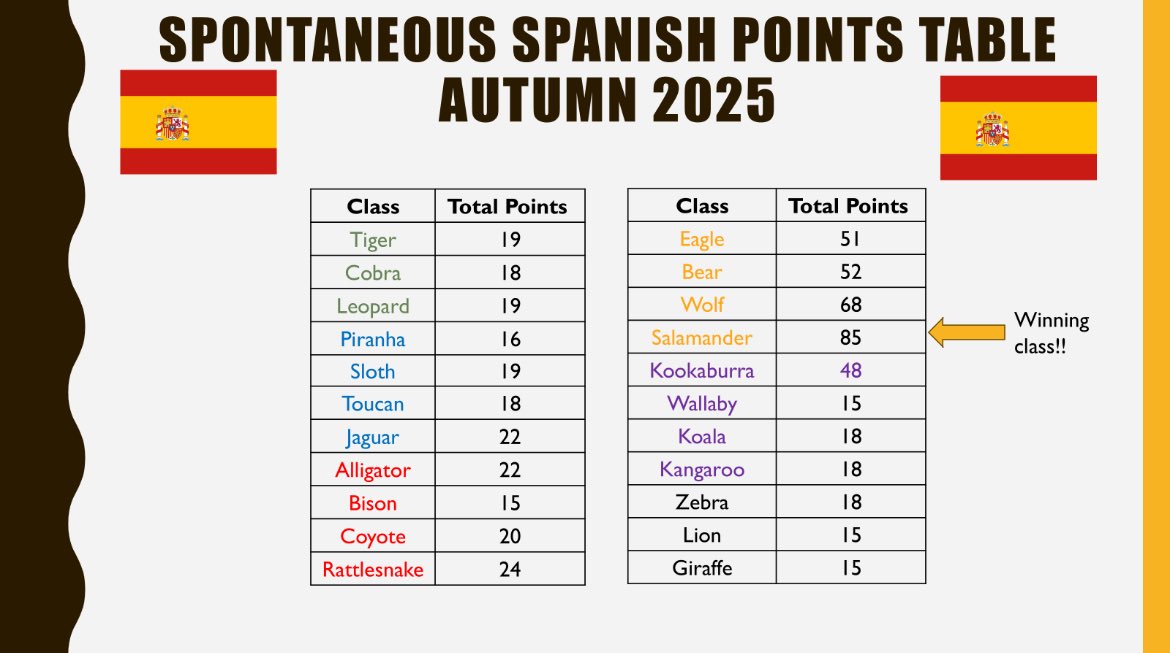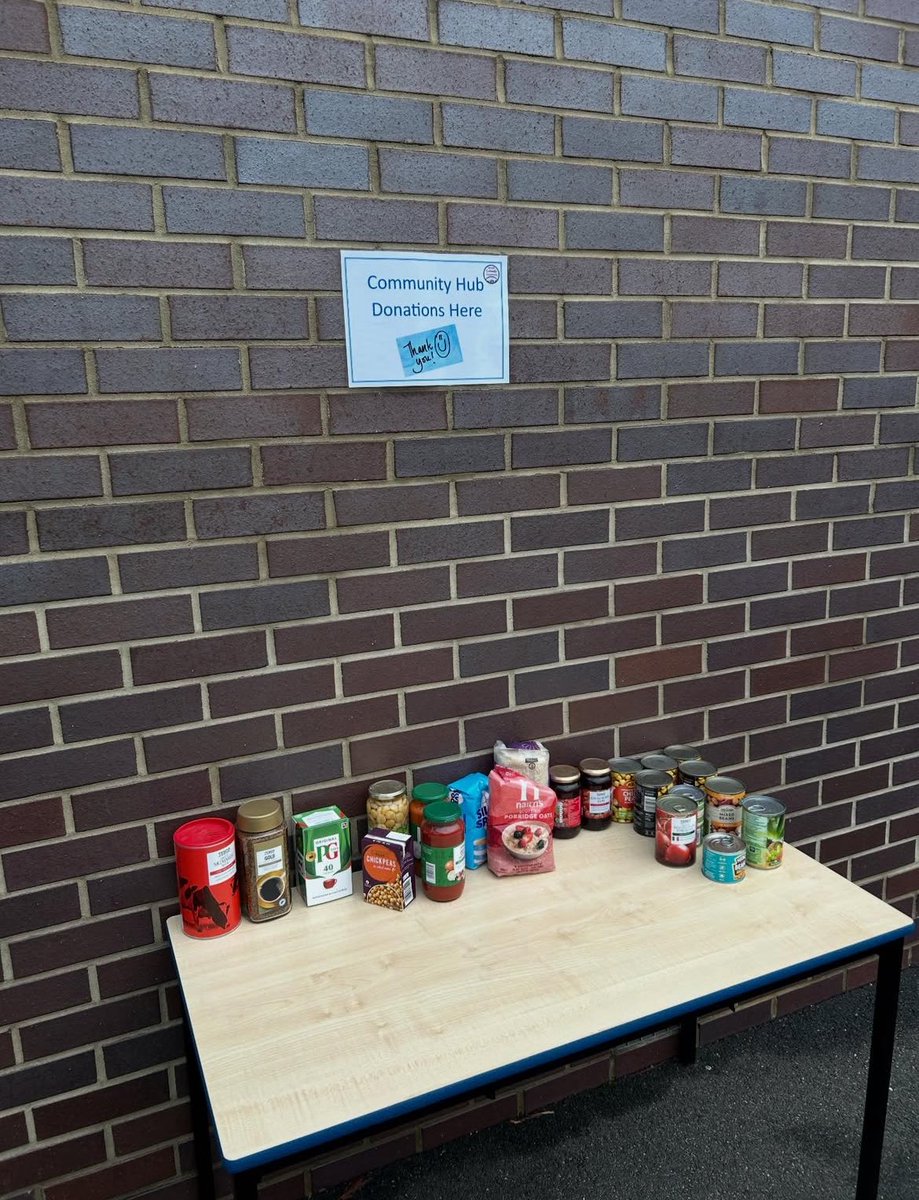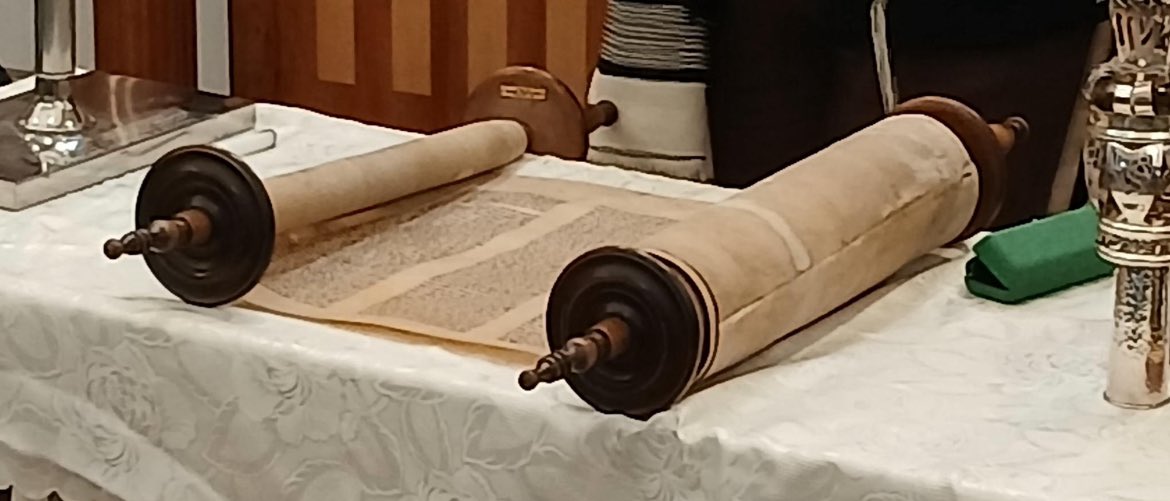Design and Technology
Design and Technology is an inspiring, rigorous and practical subject. Using creativity and imagination, pupils design and make products that solve real and relevant problems within a variety of contexts, considering their own and others’ needs, wants and values.
Intent: Introduction, Vision and Philosophy
The purpose of this information is to clarify the how, why, and what of design and technology teaching at Harris Primary Academy South Kenton. This is to be used by staff to clarify expectations, highlight the resources that we have at our disposal, and to ensure that a high-quality design and technology curriculum is being taught to all. Design and Technology is a highly practical and creative subject, which will equip children with many of the life-skills that they will need for the future. Learning about how to fix things, build things, create and problem-solve are vital, and encompass some of the main skills that we want children to have when they leave Harris Primary South Kenton. Design and Technology is all about solving real problems, and as such, is taught in the context of lots of different disciplines; children will use software to render 3D images in Computing, design and create settlements in Geography, and learn about food and nutrition in Science. They will use their design skills to help them create Art, and in History, learn about how design and technology have helped shape the world.
Implementation: What does DT look like at HPASK?
We use the National Curriculum in England 2014 framework for Design and Technology as the basis for its curriculum planning. We develop our medium-term plans using a range of sources, including commercial on-line resources various curriculum providers. While there are opportunities for pupils of all abilities to develop their skills and knowledge in each teaching unit, the planned progression built into the Design and Technology curriculum means that the pupils are increasingly challenged as they move through the school. Design and Technology is taught by individual class teachers who take responsibility for planning, resourcing and delivering this area of the curriculum. Overall responsibility for ensuring that there is a suitable risk assessment in place for this subject lies with the subject coordinator who will ensure that this has been reviewed by the Principal.
At Harris Primary South Kenton, we make Design and Technology an enjoyable learning experience. Pupils undertake a Design and Technology project at least three times a year; this corresponds with Autumn, Spring and Summer. The project will link into some aspect that they are learning that term, and takes place over the whole term. Design and Technology is taught throughout, and alongside other topics, usually following the IPC curriculum, however there are some units which will be taught alongside our Computing curriculum (e.g. 3D modelling), or discretely, for example cooking.
Early Years Foundation Stage
We teach Design and Technology in our Reception classes as an integral part of the topic work covered during the year and as set out in the Early Years Foundation Stage Framework which underpin the curriculum planning for children aged three to five. We encourage the development of skills, knowledge and understanding that help pupils make sense of their world as an integral part of the academy’s work. This learning forms the foundations for later work in Design and Technology. These early experiences include asking questions about how things work, investigating and using a variety of construction kits, materials, tools and products, developing making skills and handling appropriate tools and construction material safely and with increasing control. We provide a range of experiences that encourage exploration, observation, problem solving, critical thinking and discussion. These activities, indoors and outdoors, attract the pupil’s interest and curiosity
Impact: How will we judge the impact of the design and technology curriculum?
The design and technology curriculum will make a profound and positive impact on the outcomes of every pupil. The structure enables us to return to core knowledge and skills throughout the course, embedding key practises and understanding
Core knowledge of each unit is supported by a knowledge organiser which details the key learning points, vocabulary and key questions. This is sent home in advance of the unit, allowing pupils to make a head start on their learning. It is our expectation that the knowledge on our organiser is known by all.
We endeavour to create strong and appropriate links with other subjects to enhance the curriculum and learning experience.
Our teachers rely on a range of assessment tools to provide data on the knowledge and skills pupils have, their progress and their development points.
This includes:
· assessment for learning
· challenge tasks
· enquiry tasks
· standards of learning in books and products
· quizzing, multiple choice and end of unit questions
· pupil voice























